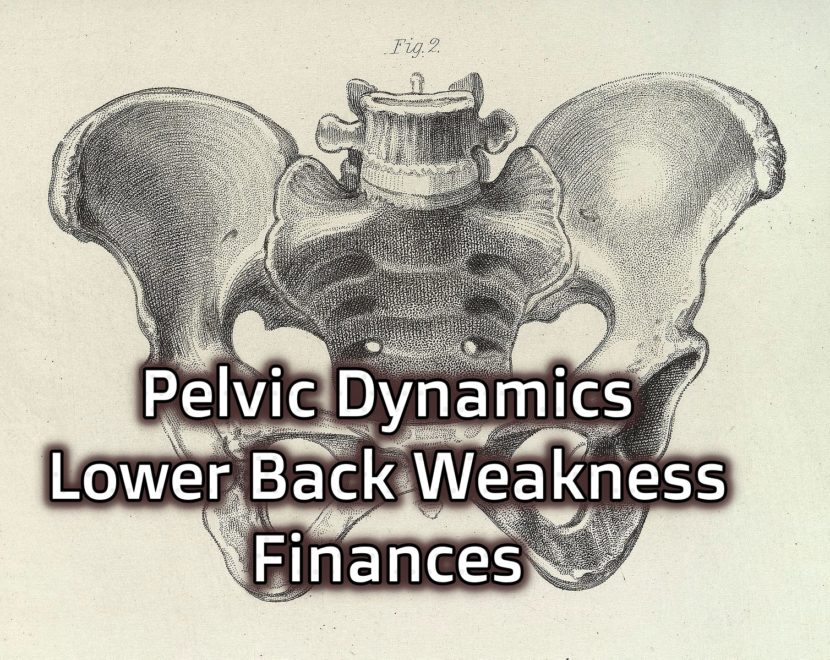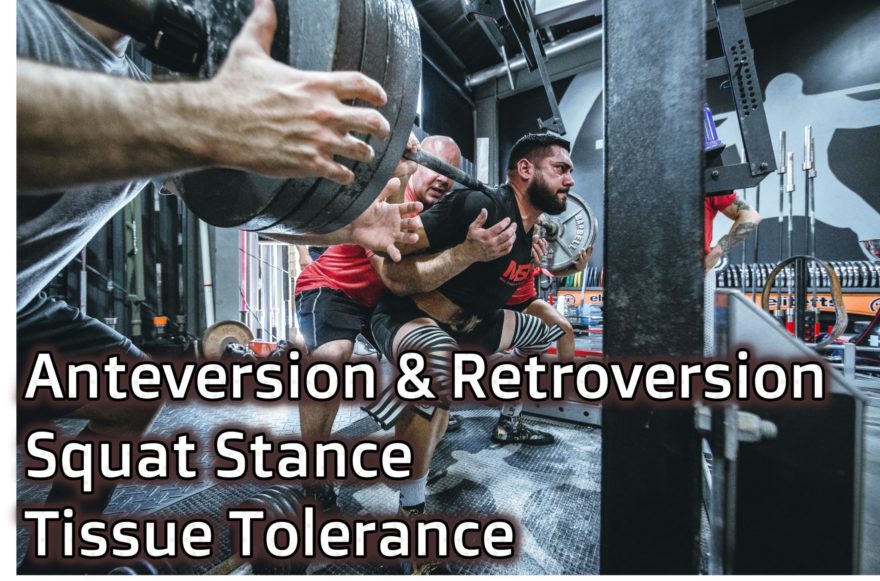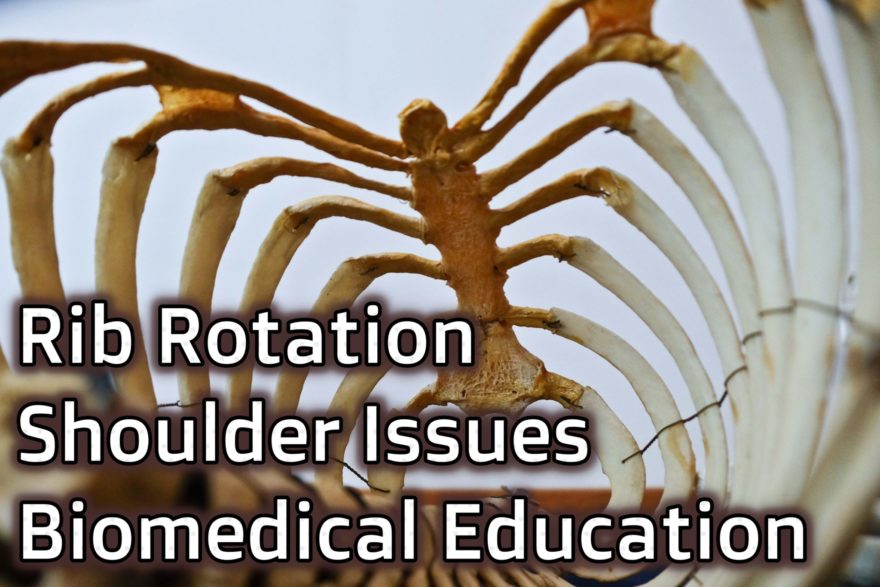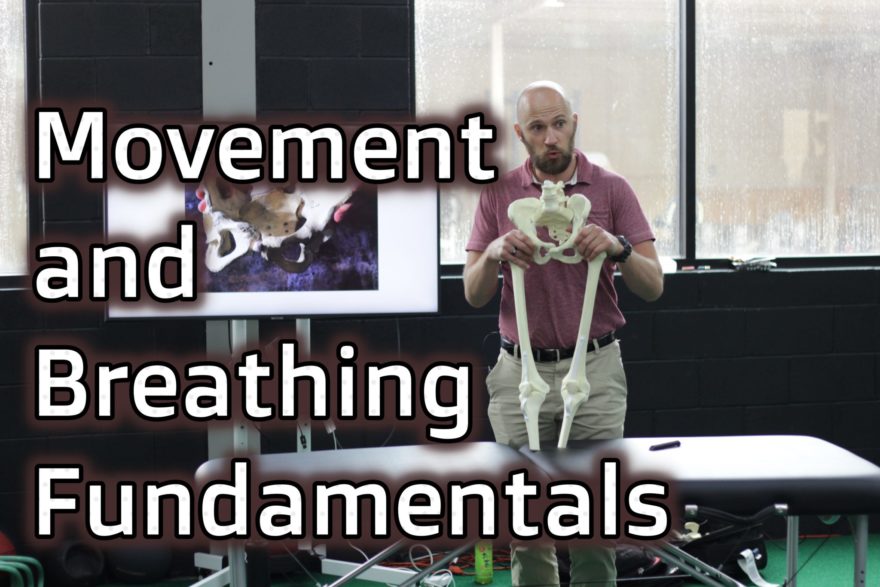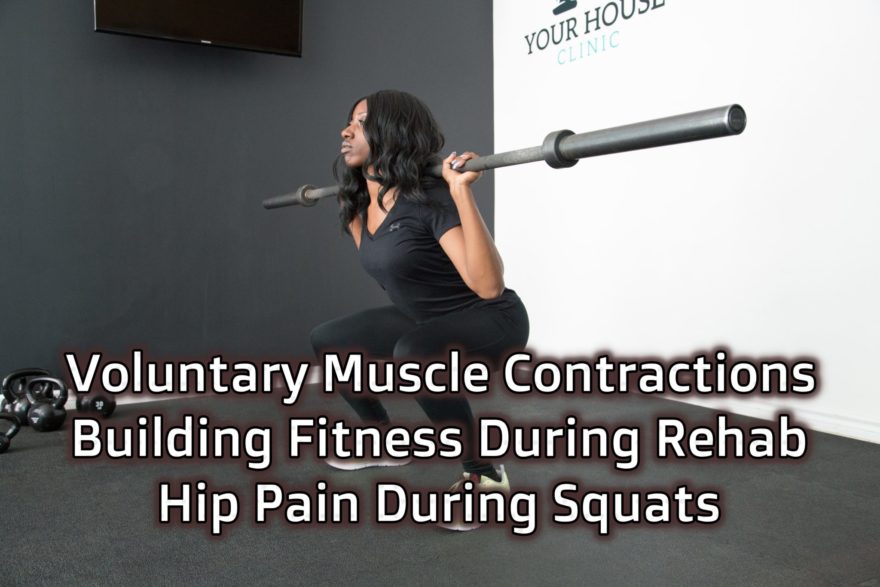We pursue health by attempting to optimize many qualities—movement, power, endurance—but these are just a few of the qualities needed to be healthy. How often do we look at optimizing all of our physiological systems? That’s where functional medicine became an area of interest for me. I was dealing with some health issues over the last couple years, and I sought out Ben House with great success. I was curious to learn more about this discipline, so I attended his retreat and went through his mentorship; learning a great deal in the process. It was at Ben’s retreat that I got to listen to Bryan Walsh, and was blown away. For those who don’t know, Bryan is a naturopathic physician who is a an absolute Jedi with understanding and designing treatments from physiological mechanisms. Bryan took us through an intense physiological journey over those few days, and I absolutely needed more. Thank the maker that Bryan announced his two day seminar. And boy did he not disappoint. Over two days I drank from the firehose of all things blood chemistry and functional medicine. The amount of research we went through was astounding, both on lab values and interventions. I was amazed at how many simple treatments could have profound effects on many common conditions we see people developing. This course contained useful protocols involving supplements, optimal lab ranges based on reducing all cause mortality, and so much more, but to list the exact to-dos would be a disservice to both Bryan
Read More